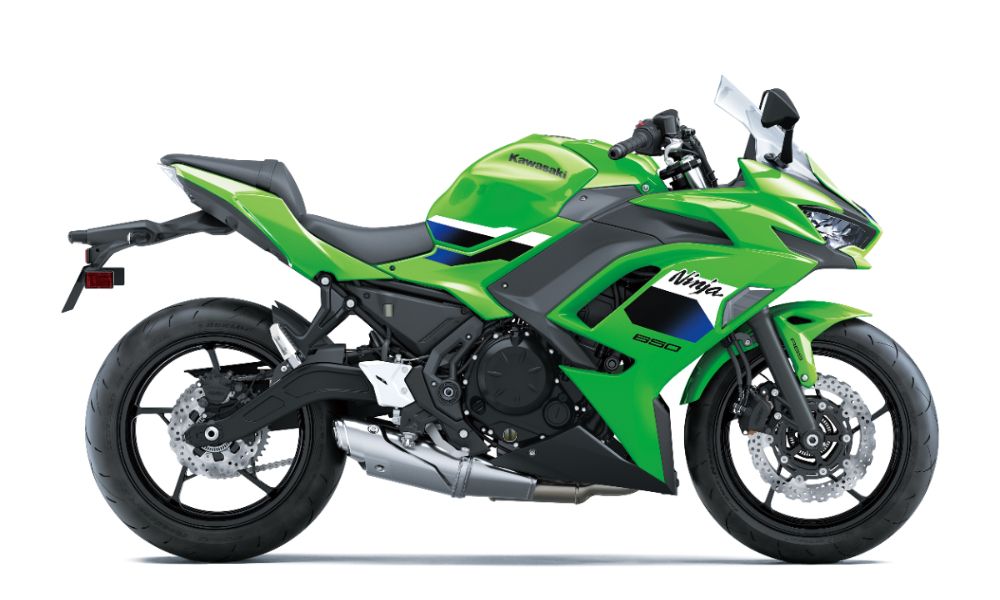The Bureau of Energy Efficiency has released new draft norms for the new Corporate Average Fuel Efficiency 3 (CAFE 3) rules to be implemented from 2027. The draft proposes new incentives for small cars, CNG vehicles and flex-fuel vehicles, as well as continuing incentives for hybrid hybrid vehicles. The new proposal has also removed the mention of hydrogen fuel cell electric vehicles (FCEV), which were originally mentioned in the 2024 draft.
Also read: Supreme Court rejects PIL against ethanol-blend petrol

Small petrol cars weighing less than 909 kg will get CO2 g/km calculated benefits without load
Starting with hybrid vehicles, while the original draft for 2024 had suggested a reduction in incentives for CO2 calculations, the new draft retains the existing incentives under CAFE 2 norms. While the original draft document for 2024 had proposed reducing the Volume Derogation Factor from 2.5 to 2 on PHEVs and from 2 to 1.2 on Strong Hybrids, the new draft norms retain the CAFE 2 level. The new draft also calls for greater separation of strong hybrids, placing flex-fuelled strong hybrids in the same category as PHEVs.
Additionally, a new category has been created for flex fuel vehicles with a volume derogation factor of 1.5.

The Strong Hybrid will receive CO2 set-offs in line with current CAFE 2 regulations; Flex fuel strong hybrid will also get carbon neutrality factor benefits
The volume reduction factor is essentially a regulatory adjustment that allows more allowance for CO2 calculations within CAFE guidelines.
Additionally, the new draft also calls for implementing carbon neutrality factor on certain vehicle segments. The carbon neutrality factor is essentially a discount on the CO2 levels declared by the manufacturer of a motor vehicle. Petrol cars running on E20 to E30 grade petrol will get a set-off of up to 8%, while CNG vehicles will get a set-off of up to 5%. Flex-fuel vehicles – including strong hybrid vehicles running on flex-fuel, will apply a carbon neutrality factor of 22.3% on CO2 tailpipe emissions.

Flex fuel vehicles will benefit the most under the proposed carbon neutrality factor.
Additionally, small petrol cars will be allowed a ‘further reduction of 3.0 g CO2/km’, subject to a cap of 9.0 g CO2/km in their manufacturer-declared CO2 emissions for CAFE calculations. The document defines these as vehicles with a length of less than 4,000 mm, an engine not exceeding 1,200 cc and an unladen weight up to 909 kg. This should be especially beneficial in the budget segments of the larger market segments.
The document also said that from 2026, manufacturers will have to calculate grams of CO2 per km for each vehicle based on the Mixed Indian Driving Cycle (MIDC) and the Worldwide Harmonized Light Vehicle Testing Procedure (WLTP). Manufacturers will also have to declare fuel consumption per 100 km litre. The document also details the calculation metrics for many of the calculations required.






